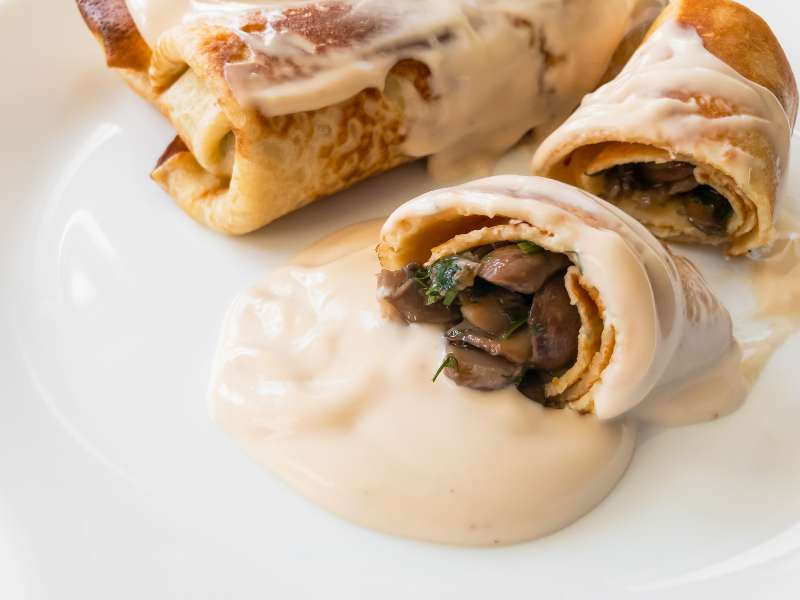What is Low-ABV? In the world of craft cocktails, low-ABV is a buzzword that implies that a drink has a lower alcohol by volume.
Instead of high-ABV spirits like bourbon and gin, low-ABV and mid-ABV spirits include wine and fortified wine, vermouth, and aperitifs like Aperol and cappelletti. Beer and cider can also be used to great effect in low-ABV cocktails. Other names for this type of drink include session cocktails, aperitif cocktails, and shims.
By any name, they are easy-sipping beverages of which guests can enjoy more than one without needing to take a Lyft home, and increasingly, guests are looking for these drinks to complement their dining experience. Low-ABV cocktails have many advantages for the guest and the restaurant. Let’s take a look at three:
Creativity
According to Punch magazine, “In many ways, the modern low-ABV movement mirrors
comparable trends in the craft beer and wine spheres, which have begun steering away from
over-the-top, shock-and-awe experimentation in favor of nuance.” Taking high-proof liquor out of the equation opens up opportunities for bartenders to play with flavors, balancing sweet, sour, and bitter and replacing the astringency of liquor with something new. Sparkling products and various drinking vinegars and shrubs are flooding the market with exciting options for bartenders to try. Fruits and aromatic herbs present fun ways to punch up a drink without adding more alcohol, and low-ABV cocktails can be a playground for experimenting with unexpected ingredients that awaken the senses.
from
over-the-top, shock-and-awe experimentation in favor of nuance.” Taking high-proof liquor out of the equation opens up opportunities for bartenders to play with flavors, balancing sweet, sour, and bitter and replacing the astringency of liquor with something new. Sparkling products and various drinking vinegars and shrubs are flooding the market with exciting options for bartenders to try. Fruits and aromatic herbs present fun ways to punch up a drink without adding more alcohol, and low-ABV cocktails can be a playground for experimenting with unexpected ingredients that awaken the senses.
Drinkability
You wouldn’t serve black coffee with a mậche salad, and a strong cocktail can have a similar palate-numbing effect on guests. Low-ABV cocktails, however, are often lighter on the palate, which means that, in addition to being able to drink more of them, guests can enjoy them with their meal as well. And it goes without saying that check averages are likely increasing if guests are ordering more drinks in a sitting, as low-ABV cocktails are typically priced comparably to their boozier brethren. Also, guests may be more likely to order cocktails when they normally wouldn’t, such as at lunch.
Health and Safety
With consumers becoming more discerning and making healthier choices in their dining experiences, low-ABV cocktails provide an option that falls in line with light to moderate drinking. Calling out these cocktails on your menu can provide guests with the education they need to make good choices for themselves. Likewise, it can provide a good talking point for your bartenders and FOH staff to engage with guests. And as I alluded to earlier, low-ABV cocktails can give guests who plan on driving an option that keeps their blood-alcohol levels in check, saving them from making poor choices and facing dire consequences on the road back home.



